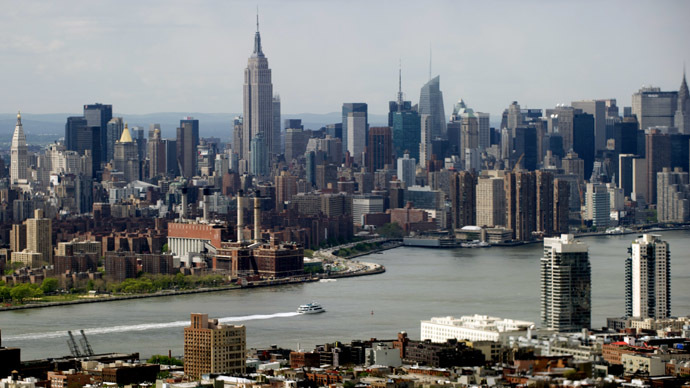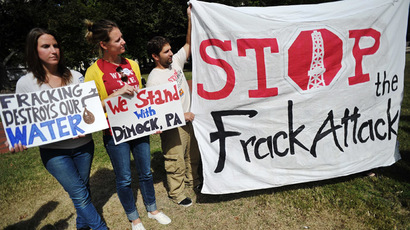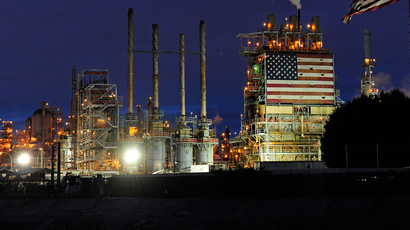Fracking alert: New York switches to shale gas

The US shale revolution has reached the Big Apple, where on Nov. 1 the first gas pipeline in 40 years will be completed in its meatpacking district. While politicians and firms are hungry for cheap gas, residents fear fracking and eco-damage.
The cheaper gas will run from the Marcellus shale field in Pennsylvania to about 2 million homes in Manhattan.
The $1.2 billion pipeline, built by Houston-based Spectra Energy, will supply an estimated 800 million cubic feet a day of gas from the country’s fastest growing gas deposit, in Pennsylvania, and elsewhere across the Hudson River, into Manhattan, the Financial Times reports.
The need to replace expensive and dirty heating oil has long been voiced by policymakers, with the city’s outgoing mayor, Michael Bloomberg, putting gas high on his administration’s agenda. The city has underlined a “critical need for additional natural gas capacity” in its long-term urban plan.
“With gas prices nearing historic lows and expected to remain below oil prices for some time, building owners have the unique opportunity to upgrade their heating systems while generating a return on their investment,” the city’s plan said.
“This is a very simple equation: the more buildings that switch to gas, the more fracking will happen,” Sane Energy, a pipeline opposition group, wrote in a letter to federal regulators.
Under the plan, landlords will be legally forbidden from burning No. 6 heavy fuel oil from 2015, which has led many to already shift to gas.
While the pipeline has been welcomed by many policymakers, residents fear the project could cause an explosion and environmental contamination.
The pipeline runs from New Jersey under the Hudson River and enters Manhattan at 10th Avenue and Gansevoort Street, stretching up to 15th Street. The area around Hudson River Park could see increased development in the coming years — leaving more people vulnerable to a potential explosion.
New York’s move also comes at a time when the state government is thinking about lifting a ban on hydraulic fracturing, or fracking, which critics say contaminates water with large volumes of toxic waste and releases potential greenhouse gas methane, causing cancer.
It’s estimated that northeastern US fields will supply 90 percent of New York gas in 2030, compared to 13 per cent in 2005. Some 29 per cent of city homes are oil-heated, while the share of oil heating share nationally is 6 percent, according to the Energy Information Administration. Gas is 65 per cent cheaper than oil, according to Con Edison, the New York utility.
But ecology groups fear that the drive for gas profits will inevitably lead to harmful fracking.














